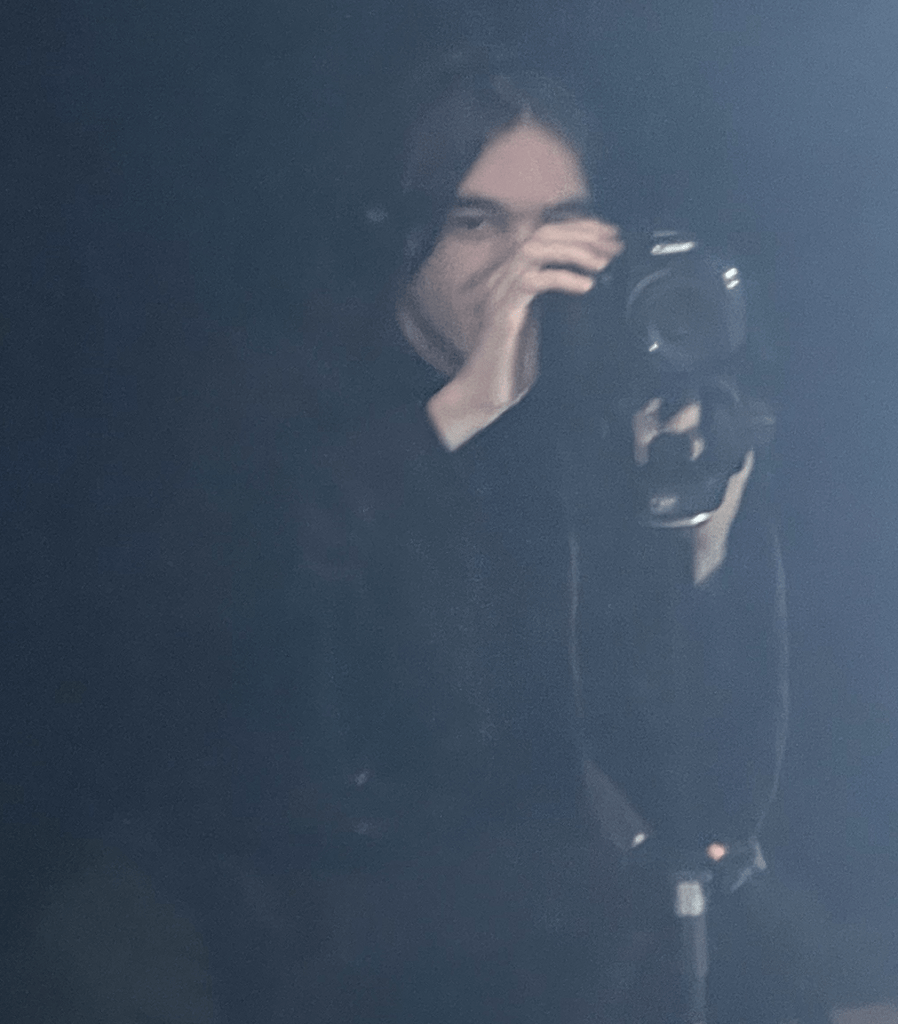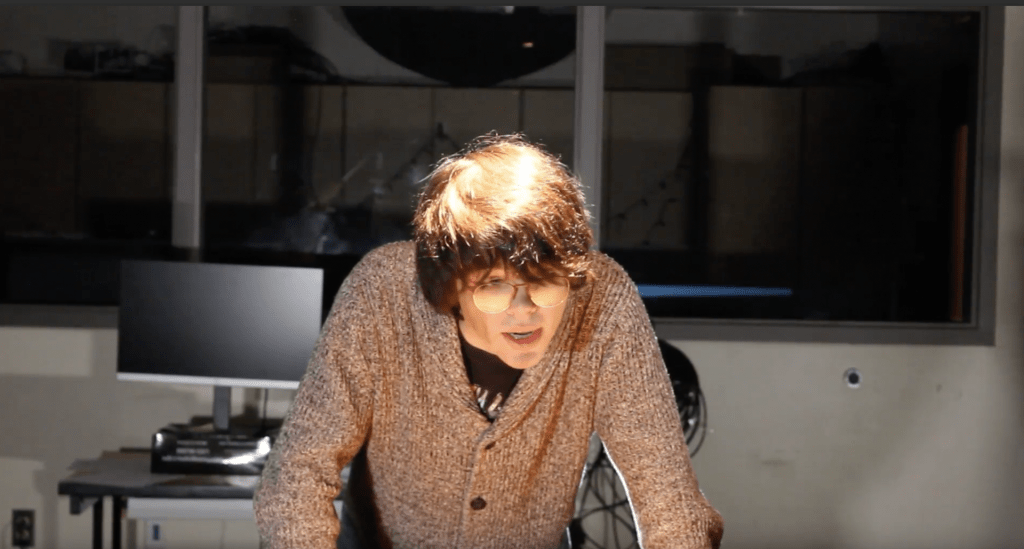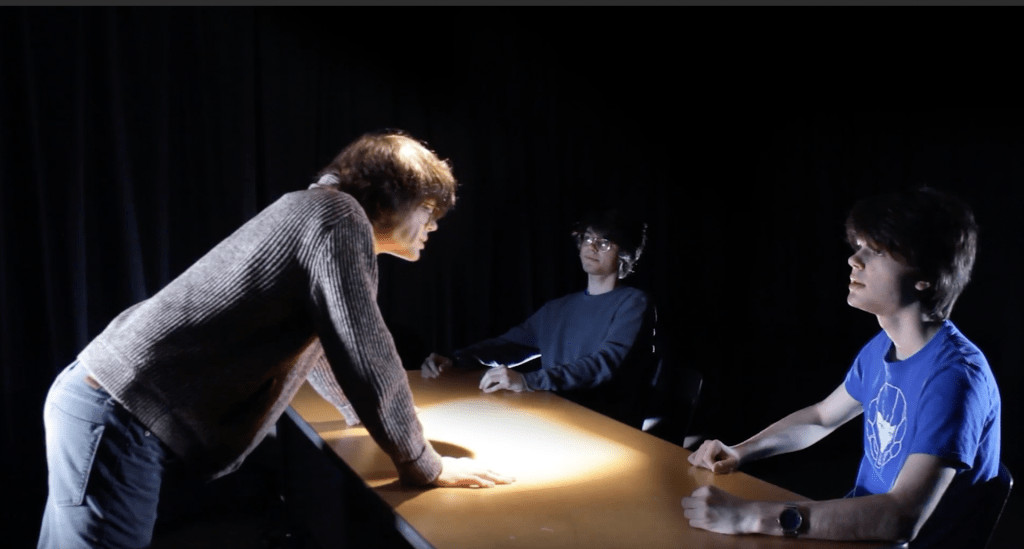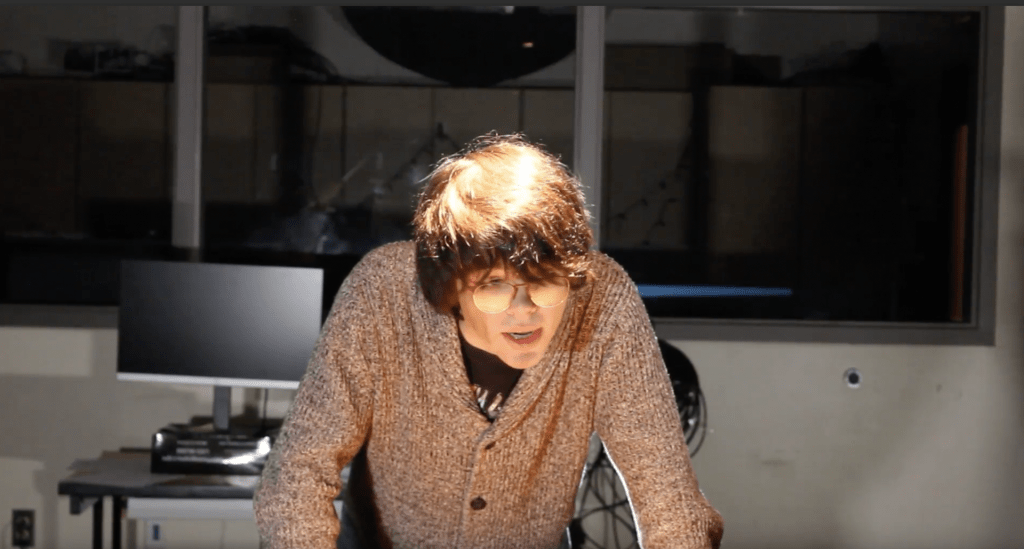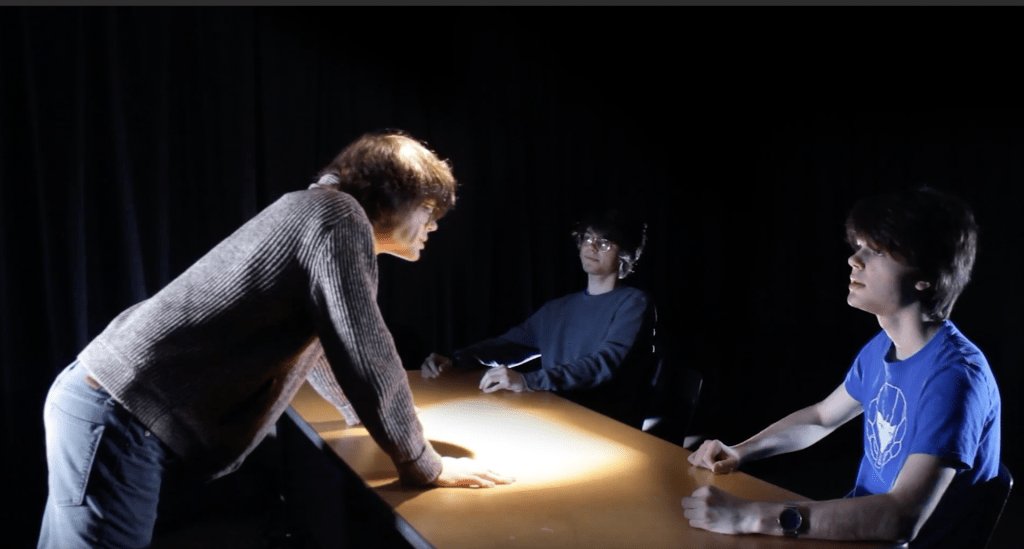
SUMMARY
Once production finished, I had nothing to do but work on my blogs and gather evidence for blogs and the team slideshow.
Evidence of Further Contribution
I did not contribute anything further to the film due to being very limited in my ability to assist after the film was finished. The only project I could work on was the presentation and my previous blog posts for the session.
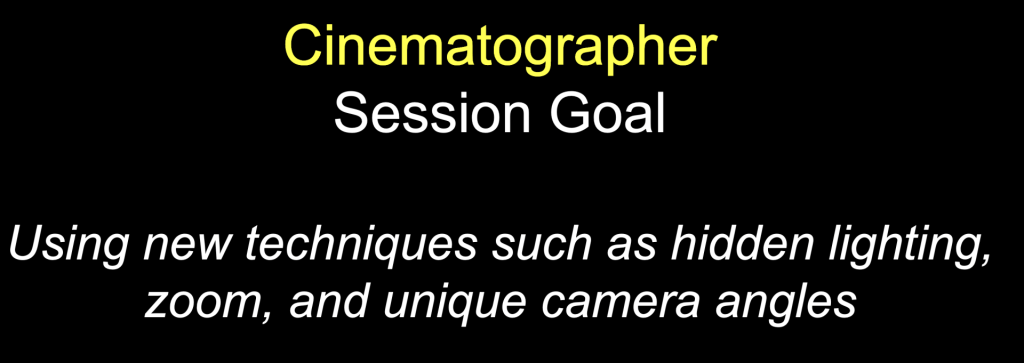
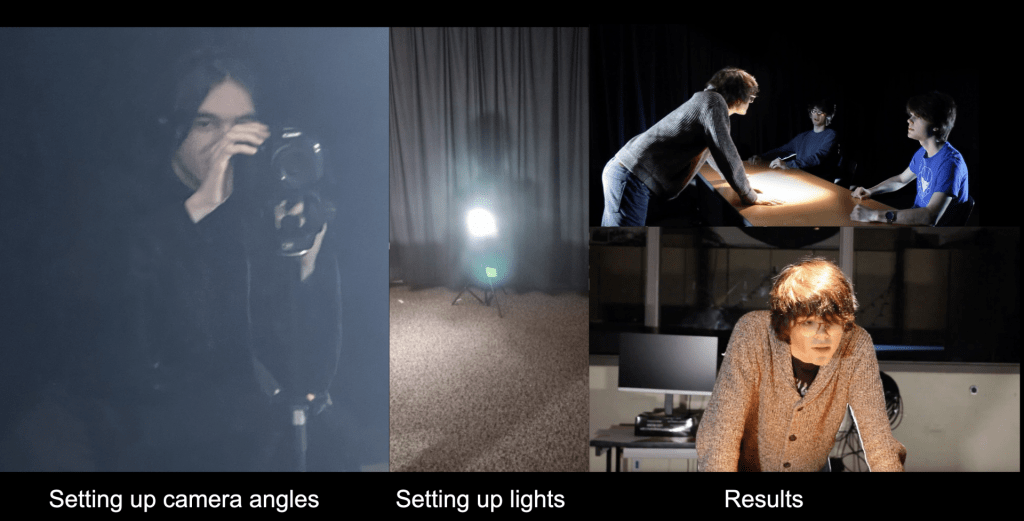


How I Could Have Improved The Film
I could have been more involved during production and should have micromanaged my role more. Additionally, I feel that I should have mentioned multiple little angle and lighting details that bothered me that could have improved the quality of the film. There were a few times where it was obvious that there were lights behind each of the actors, which I didn’t like. I wish that the lights were situated more efficiently.
What I Learned
Contributing after production is very difficult, and I also feel that I could have done a better job as cinematographer. I could have taken more control and worked on an equal ground with the director in terms of scene control. I could have made more independent decisions.

